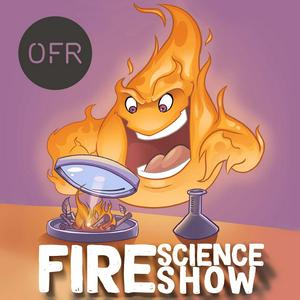222 - Integrating WUI risk management and fire safety engineering with Pascale Vacca
In this episode we try to demonstrate another step in integrating fire engineering into WUI risk management, and vice versa. These two areas together form some sort of fire engineering method, which I strongly believe will be an important part of our profession in the future. Today I got to sit down with Dr. Pascale Vacca from UPC to unpack a practical, end-to-end framework for wildland–urban interface risk that engineers can use today, which she has shared in her keynote at the ESFSS Conference in Ljubljana earlier this year. From mapping hazard, exposure, and vulnerability across scales to chaining wildfire spread outputs into building-focused simulations, we show how careful modeling turns uncertainty into a plan communities can fund and maintain.We begin with risk assessment that respects terrain, fuels, and construction typologies, then translate FARSITE’s rate of spread and fireline intensity into FDS boundary conditions to test real weaknesses—like heat flux and breakage in large glazed facades. The case study in Barcelona grounds it all: what happens when wind pushes a fast front toward a community center, and which retrofits move the needle? Noncombustible shutters, smarter venting, and defensible spacing emerge as high-ROI fixes, while fuel breaks and fuel treatments reduce intensity so crews can act. Along the way, we tackle data resolution, moisture, and weather selection—how to choose between worst case and representative scenarios and why that choice matters for policy and budgets.Preparedness and recovery complete the cycle. Annual maintenance keeps gains from eroding as vegetation regrows; community preparedness days build habits and trust; and a homeowner app scores parcel risk to make decisions concrete. On the response side, precomputed scenarios and quick wildfire modeling inform shelter-in-place versus evacuation, aligning engineering insight with operational realities. We also confront limits: validation gaps, ember exposure, and the fact that risk is never zero. But the path forward is clear—interdisciplinary planning, better data sharing after fires, and education to bring more engineers into WUI work.----The Fire Science Show is produced by the Fire Science Media in collaboration with OFR Consultants. Thank you to the podcast sponsor for their continuous support towards our mission.


